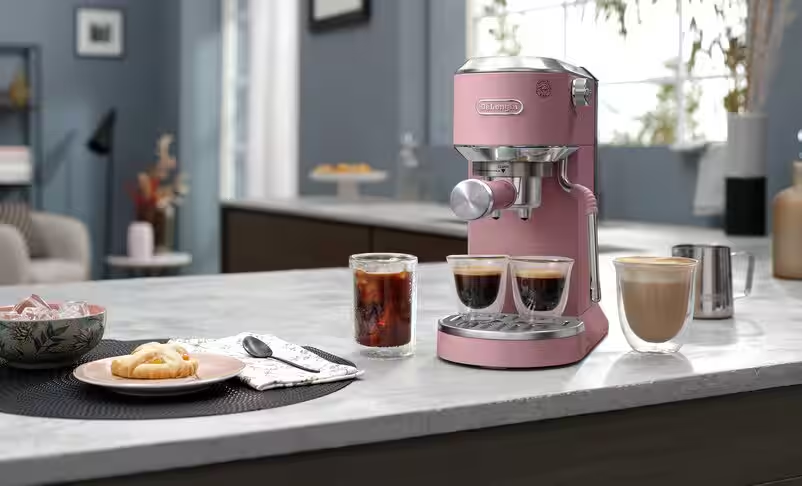Fred Rogers had an energy unique in children’s television. On other children’s shows, the human cast were always second string to the puppets, but Rogers could hold you with presence alone. The reason why is simple. Somehow, this wizard in a cardigan could reach across the airways and make you feel loved. In a way, you were the star of Mister Rogers’ Neighborhood—yes, Fred Rogers was on the screen and in the title, but he was doing this for you. He gifted you with his time and attention, so you could learn what to do with the mad that you feel, and that people who are bad today can choose to be good tomorrow.
Recently I tuned into Twitch’s Mister Rogers’ Neighborhood marathon, and once again gave into Rogers’ oh-so-pleasant mesmerism. But the marathon is more than a feel-good nostalgia trip, it’s an experimental fundraising campaign to see if PBS can expand its donor base to a younger, more tech-oriented audience.
Videos by VICE
The timing is particularly interesting. With the Trump administration’s budget threatening to close the Corporation for Public Broadcasting, the video of Fred Rogers testifying before Congress in 1969 has once again begun circulating on social media. Though both PBS and Twitch insist that the marathon’s timing is a coincidence, it offers a window into the reality of PBS funding—a public-private partnership that not only has to convince Congress that it’s worthy of support, but also get creative in convincing the public to keep it afloat.
But PBS wasn’t the one who proposed the marathon—Twitch did.

“We chose Mister Rogers specifically because he was a major proponent of inclusivity and positivity, which is aligned with our own company values,” says Bill Moorier, the head of Twitch Creative. “We felt it was a good opportunity to spotlight the brilliance of Fred Rogers, while giving something back to the network that made his show possible.”
For Twitch, the marathon made sense. They’d previously run a number of PBS-centered marathons, displaying public broadcasting classics like Carl Sagan’s Cosmos, The French Chef with Julia Child, and The Joy of Painting with Bob Ross. According to Moorier, these programs all have something in common—a certain universality that makes them ideal for Twitch’s platform, which encourages users to interact while viewing. PBS, it turns out, was happy to oblige.
“When Twitch approached us with the idea of doing something with Mister Rogers’ Neighborhood, we were excited to partner with them on it to engage new audiences and support PBS stations,” says Lesli Rotenberg, the Senior Vice President and General Manager of the Children’s Media and Education division at PBS. “Twitch has been a great partner in developing this unique marathon and experimental fundraiser to support our nearly 350 stations.”
. During the marathon, the site reached out to its community to call in and leave messages about how PBS affected them.

Warning: the results are tear-jerking.
“Our community is very passionate when it comes to speaking out about things that they care about,” says Moorier. “Especially if it’s socially conscious in nature. They were excited to take part in promoting the show.”
According to Rotenberg, supporting local PBS stations is extremely important for the mission of public broadcasting. “According to Nielsen,” she says, “PBS stations reach more kids aged 2-5, more mothers of children under 6 years old, and more children in low-income homes than any other kids TV network.” She points out that local stations are especially important in rural and underserved communities, where children might not have access to preschool, books, computers, broadband internet, or cable. “But they do have access to a television.”
Moorier agrees, saying that the educational mission of public broadcasting was a major part of why Twitch decided to use the marathon as a fundraising effort.
“We are raising money for PBS because they have been responsible for providing free access to some of the best educational content available,” he says. “That would not have been possible if not for outside funding.”
But that social mission has become a hot topic politically. Back in March, news leaked that the Trump administration would try to eliminate education and culture programs, including the National Endowment for the Arts and Humanities and Corporation for Public Broadcasting. The timing of the marathon, along with the fact that the marathon began with Rogers’ famous 1969 testimony, begs the question of whether this is an intentional reminder of the good PBS has done.
” Mister Rogers was already on our wish list, so it wasn’t done as a reaction to current politics,” says Moorier. “But we love that it raises awareness of the importance of public broadcasting.”
“His famous testimony is a powerful reminder of his legacy, dedication and approach to social-emotional learning, which continues to inspire all of our children’s programming today,” says Rotenberg. “It is also a reminder of the value that PBS stations bring to families across the country.”
At this point, it’s important to note that even if viewers didn’t grow up in a rural or underserved community, PBS viewers have nationally benefitted from strong funding at local stations. PBS isn’t a top-down organization—it’s a network of regional nodes. Stations serve the local community, but they also can act as a hothouse for talent that’s later picked up nationally.
Every PBS show Twitch has featured was originally connected with a local PBS station. Los Angeles affiliate KCET produced Cosmos: A Personal Voyage. Bob Ross’ The Joy of Painting got its start at WNVC in Falls Church, Virginia. The French Chef first taped at WGBH Boston. Mister Rogers Neighborhood itself premiered on WQED in Pittsburgh. Funding a local station doesn’t just benefit a local community, it opens the door for the next Fred Rogers or Bob Ross to cut their teeth and get noticed.
For every $1 from the federal government, local stations raise $6 via state and local grants, donations from businesses, university and philanthropic support, and contributions from Viewers Like You.
local stations raise $6 might constitute 45-50% of a station’s budget Mister Rogers’ Neighborhood only 67% of Americans have broadband access at home 96% of households can receive TV signals Mister Rogers’ NeighborhoodMore
From VICE
-

De'Longhi Dedica Duo – Credit: De'Longhi -

We Are/Getty Images -

Photo by tang90246 via Getty Images -

Credit: SimpleImages via Getty Images
